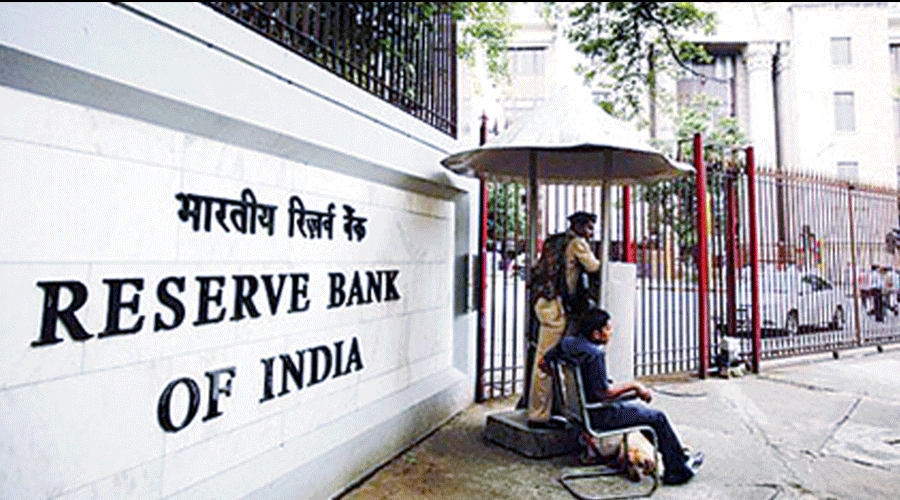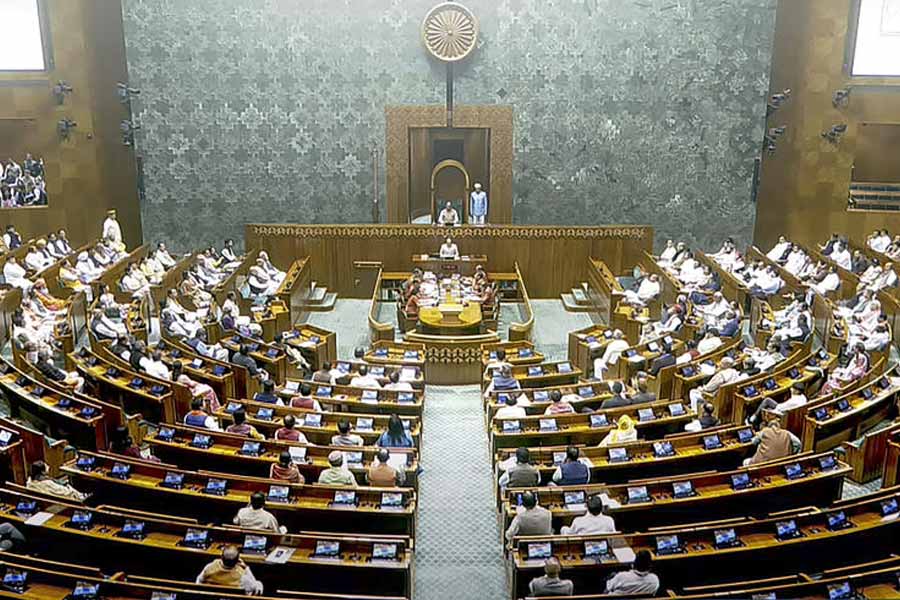The Reserve Bank of India (RBI) will transfer a surplus of Rs 30,307 crore to the Government of India for accounting year 2021-22, sharply lower than the sum of Rs 99,122 crore for the nine months July 2020 to March 2021.
In 2021-22, the RBI paid dividend for nine months to align its financial year with the government's accounting year. Earlier, it followed a July-June accounting period.
While the reasons behind this big fall will be known after the RBI releases its balance-sheet in the coming weeks, it could have been on account of the massive liquidity absorption which it did during the year. Banks have been parking their surplus funds with the central bank in its reverse repo window for which interest has to be paid by the RBI.
In the 2022-23 Union budget, the government had set a lower dividend from the RBI and PSU banks. It is expecting Rs 73,948 crore against the revised estimate of Rs 1.01 lakh crore of the previous year.
Although the lower payout from the RBI will make the Centre rely on dividends from PSU banks, direct tax collections are expected to provide some comfort to the Centre.
“The amount of surplus to be transferred by the RBI to the government appears to be modestly lower than the budgeted amount. However, the tax receipts are expected to substantially surpass the budgeted level, absorbing the impact of the former,’’ Aditi Nayar, chief economist, Icra, said.
A statement from the RBI said that the 596th meeting of its central board of directors was held on Thursday. The board reviewed the present economic situation, global and domestic challenges and the impact of recent geopolitical developments. It also discussed the working of the Reserve Bank during 2021–2022 and approved the annual report and its accounts for the accounting year.
“The board approved the transfer of Rs 30,307 crore as surplus to the central government for the accounting year 2021-22, while deciding to maintain the contingency risk buffer (CRB) at 5.50 per cent,’’ the RBI said. CRB is the risk provisioning made primarily from its retained earnings.
The RBI’s earnings come from interest earned on bond holdings, purchase and sale of government securities and from its dealings in the forex market.
Part of these earnings is set aside for operational and contingency needs, while the rest is transferred to the government in the form of a dividend.
The RBI transfers its surplus profits to the government in terms of the provisions of Section 47 of the RBI Act, 1934. ``After making provision for bad and doubtful debts, depreciation in assets, contributions to staff and superannuation funds and for all matters for which provision is to be made by or under this Act or which are usually provided for by bankers, the balance of the profits shall be paid to the Central Government.’’
The central bank had adopted a revised economic capital framework (ECF), which determines the appropriate level of risk provisions it must make from 2018-19 after it accepted the Bimal Jalan committee recommendations.
The reserves consist of two parts — CRB and a notional fund, or the currency and gold revaluation account (CGRA), which represents the unrealised revaluation gains arising from exchange rate movements and the rise in gold prices. The Jalan panel had recommended the RBI should not dip into CGRA and CRB should be between 5.5 per cent and 6.5 per cent of RBI's balance sheet.
The size of RBI’s balance sheet increased 6.99 per cent from Rs 53,34,792.70 crore as on June 30, 2020 to Rs 57,07,669.13 crore as on March 31, 2021.










